A Plane Was Found After Being Lost For Decades
It was a race against time in World War ll, as military planes were the key to success. Pilots took to the skies with an impressive arsenal of weapons and speed that made missions easier than ever before - but not without danger. Sadly, many of these heroic fighters were shot down and disappeared for decades. Incredibly, one of these planes was discovered after decades of being lost in the jungle. Keep reading to learn about this remarkable plane lost in time!
Everything Changed When A Helicopter Flew Over Untouched Area

Papua New Guinea is renowned for its abundant greenery and lush landscapes. The majority of its territory has remained largely untouched, preserving its natural beauty.
However, this pristine environment was disrupted when a helicopter appeared in the sky, marking a significant shift in the otherwise undisturbed surroundings.
The Men In The Helicopter Noticed Something Interesting
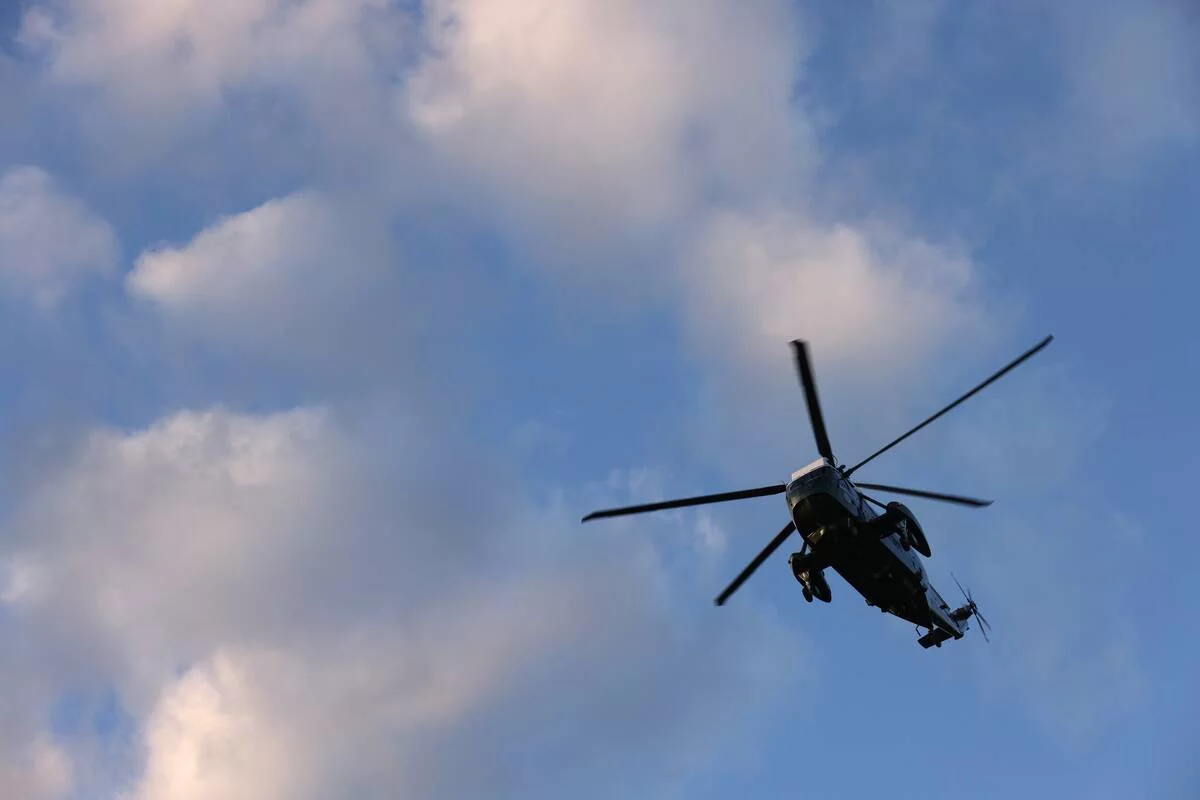
As the men in the helicopter scanned the jungle below, their attention was caught by the presence of a sizable, grey object nestled amidst the lush greenery.
Intrigued by the mysterious find, they made the decision to land the aircraft, eager to get a closer look and unravel the enigma hidden within the jungle.
They Landed Next To A Crocodile-Infested Swamp
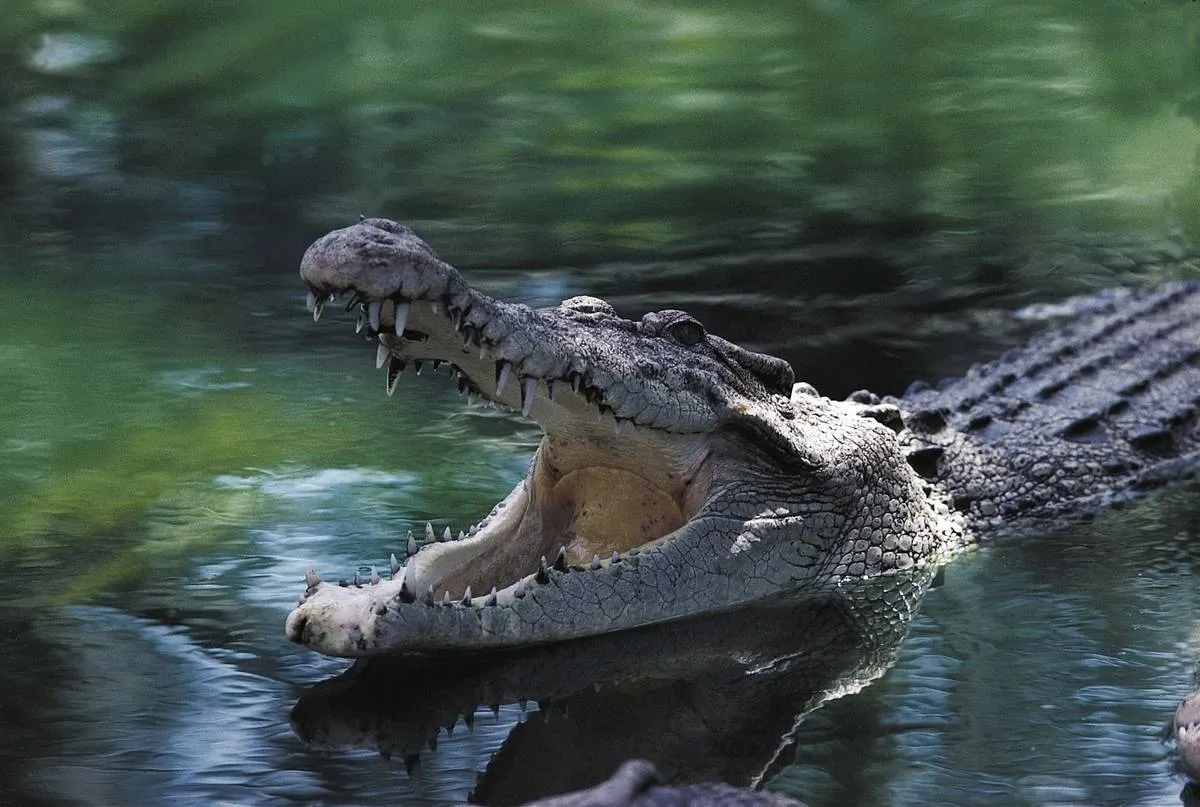
As the helicopter touched down, the men became acutely aware of their proximity to a treacherous swamp teeming with crocodiles. Undeterred, their focus shifted to the astonishing sight before them—a colossal military plane resting in the heart of the swamp.
To their surprise, despite the inhospitable environment, the aircraft appeared remarkably preserved and seemingly unscathed, igniting a sense of intrigue and raising countless questions about its origins and how it came to rest in this unlikely location.
They Discovered The "Swamp Ghost"

The men were able to figure out that this plane was in fact a World War II bomber that had been given the nickname "Swamp Ghost."
"It was widely considered that it was impossible to salvage this airplane," said aviation archaeologist Fred Hagen. Swamp Ghost is actually a huge part of military aviation history.
Why Was It Abandoned In Papua New Guinea?
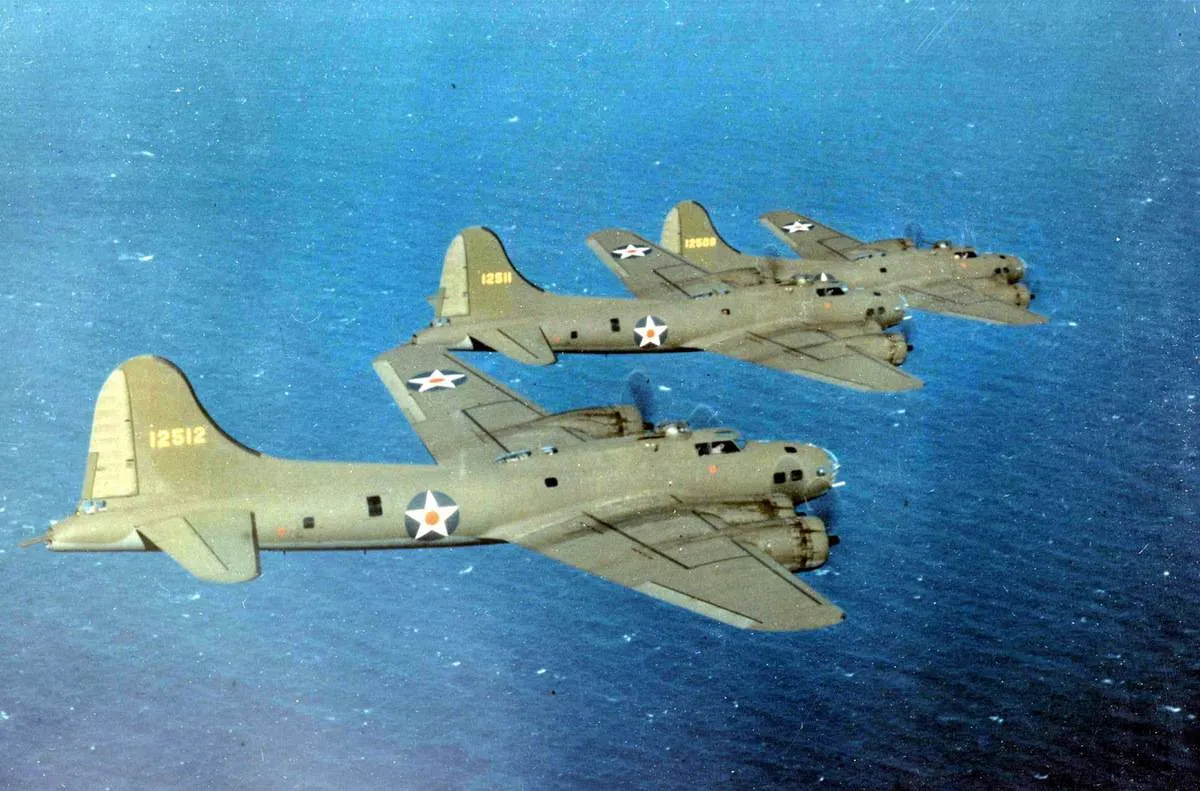
David Tallichet, Jr., a World War II veteran and entrepreneur, wanted to find out why Swamp Ghost was abandoned in Papua New Guinea.
Tallichet was an avid collector of World War II planes with an impressive collection of over 120. He set out to bring Swamp Ghost home.
Tallichet's Connection To The Air Craft
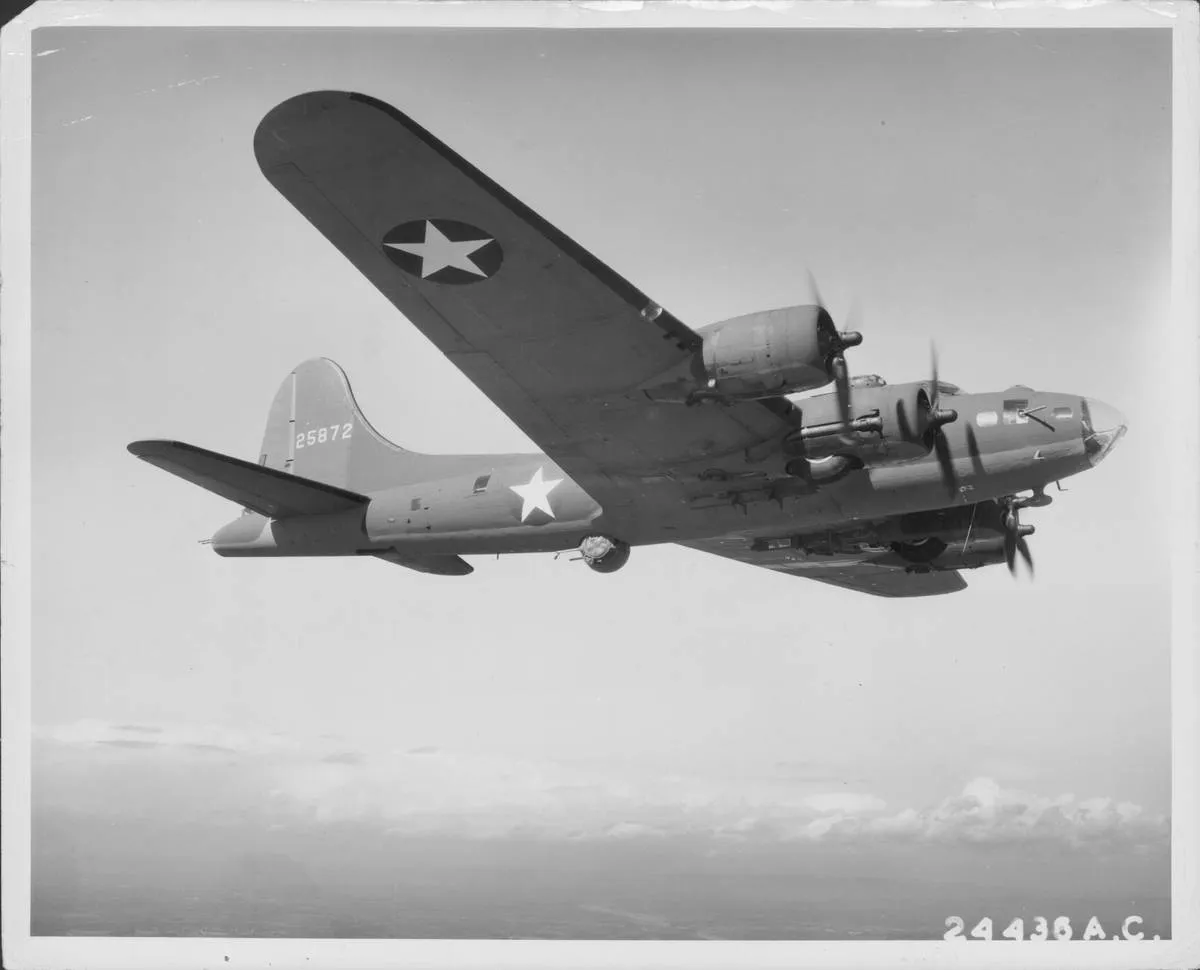
Tallichet felt a kinship towards Swamp Ghost because he had co-piloted the same kind of four-engine bomber in Papua New Guinea.
He spent many decades trying to salvage military planes from around the world. "It was our greatest dream because for some reason it captured the imagination of people from around the world," said Tallichet.
Which Air Force Plane?
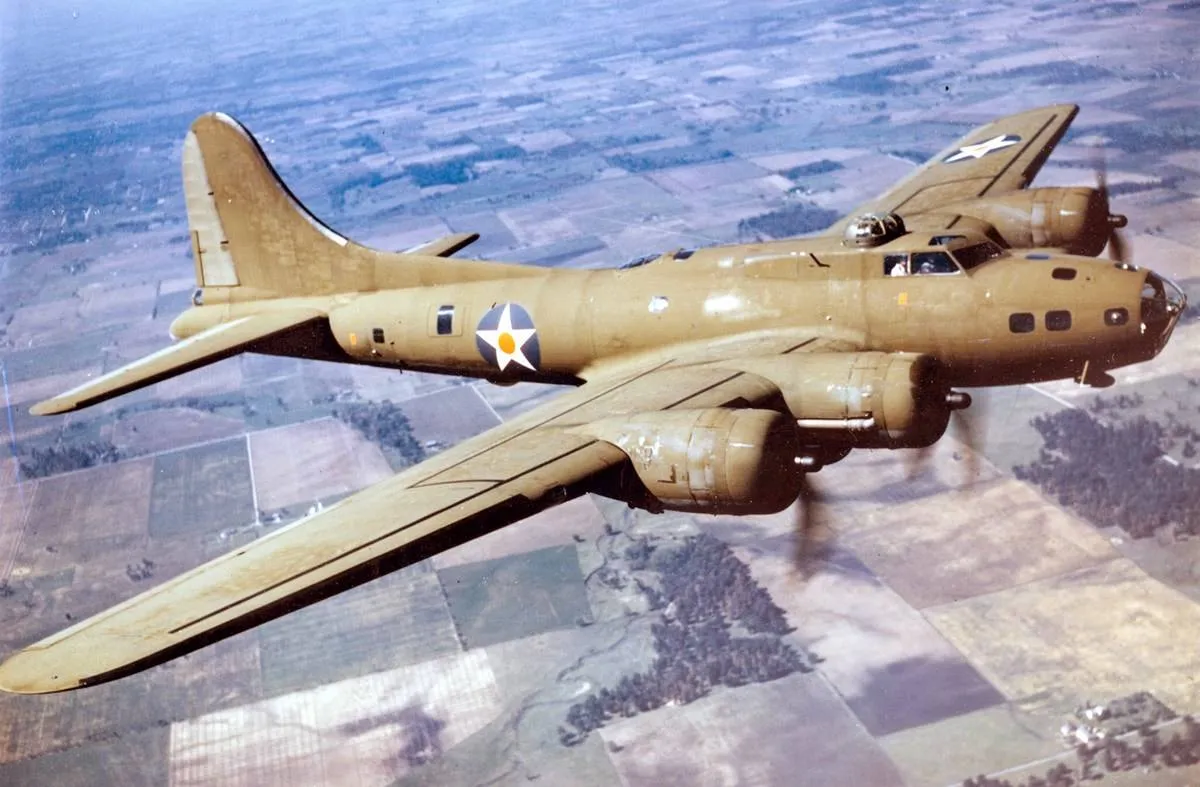
It was easy for Tallichet to figure out that Swamp Ghost was a U.S. Air Force B-17 E Flying Fortress.
The plane got its name from a journalist who worked for the Seattle Times. He wrote about one in an article and said, "Why, it's a flying fortress." The name just happened to stick.
Swamp Ghost Was Quite Rare

Tallichet and Hagen had been salvaging World War II planes for several decades, so when they saw Swamp Ghost, they knew it was different from the rest.
Both men couldn't understand how the plane had been kept in such great condition after all these years. Also, Swamp Ghost was just one of four B-17Es that had been recovered since the war.
Swamp Ghost Stood Out

Swamp Ghost ended up being one of the most influential discoveries when it came to World War II bombers.
The Pacific Aviation Museum in Hawaii shared, "[It's] arguably the world's only intact and unretired World War II-era B-17E bomber. [It's] a one-of-a-kind example of an aircraft that played an indispensable role in winning WWII..."
FDR's Influence On The Military
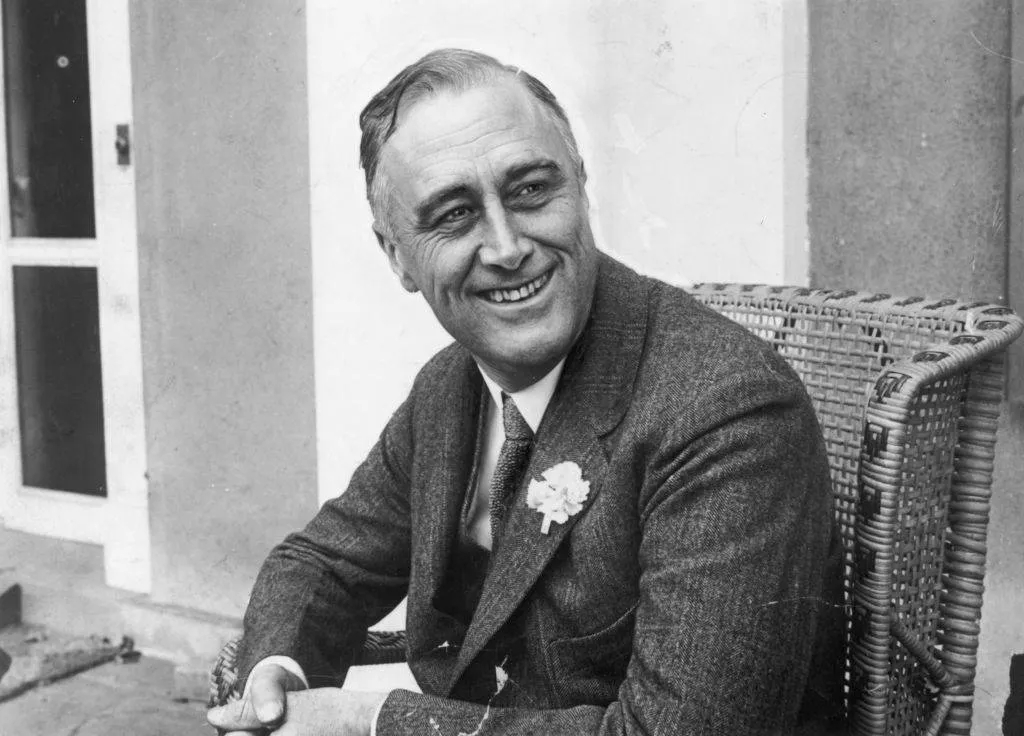
One of the reasons why planes had significant advances during World War II was because of Franklin D. Roosevelt. He wanted to revolutionize bombers to make them more modern.
His goal was to have these military vehicles be able to carry sizeable payloads and travel to remote military bases in places such as Alaska, Panama, and Hawaii.
B-17Es Were Essential During WWII

The B-17E was one of the most useful military vehicles during World War II and the aircraft became operational in September of 1941.
By the time the war reached the end, there were over 12,000 B-17 planes in use. A little over two-thirds of which were the final B-17G model.
Why Was Swamp Ghost Used In The War?

Swamp Ghost's whereabouts had been a mystery for several years. It was later revealed that the bomber plane was supposed to fly into Pearl Harbor from San Francisco just one day before the Japanese attacked.
However, Swamp Ghost ended up not traveling with its squadron that day. Instead, it was a part of some of America's earliest missions of World War II.
How Swamp Ghost Got To Papua New Guinea

The Japanese ended up invading Rabaul, Papua New Guinea on January 23, 1942. This threatened Allied military bases in the area, including the United States.
About a month later, Swamp Ghost was supposed to be dispatched to attack the Japanese ships in Rabaul's harbor. Unfortunately, things didn't go as planned.
Problems Aboard The Plane

By the time the soldiers aboard Swamp Ghost were set to attack the Japanese ships, they noticed that something was wrong. The explosives bay doors became stuck, so the soldiers couldn't drop the explosives on time.
They managed to circle back and drop the bombs, but Japanese forces had seen them and started to retaliate.
Things Didn't Look Good

The issue with the bay doors led to a massive attack between U.S. and Japanese forces. The Flying Fortress was able to claim three out of 12 enemy fighters.
Then, the port wing was punctured and the plane started to leak fuel. This meant that the crew aboard the aircraft would have to make an emergency landing.
Figuring Out Where To Land
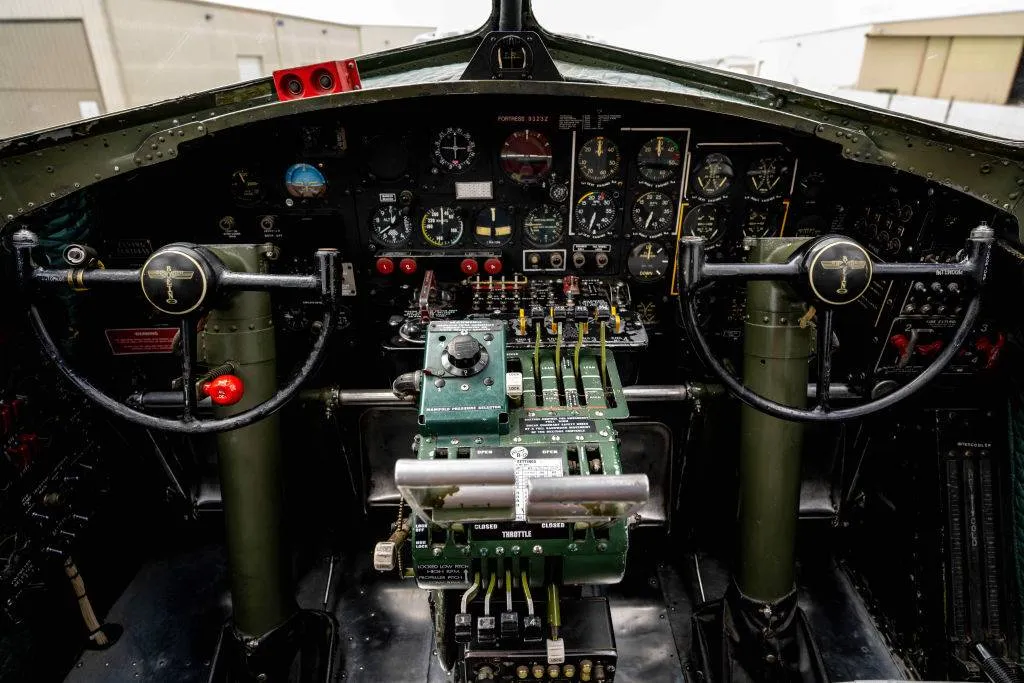
The crew didn't have much time to figure out where they were going to land. The fuel was leaking and their wing was damaged.
Finally, the pilot saw the Owen Stanley Mountains and believed he spotted a huge wheat field. He decided to land there but didn't realize the wheat field was actually a 10-foot-high swamp.
Time To Land

The pilot was able to land Swamp Ghost in the swamp without any of the soldiers sustaining an injury. Now, the crew was stranded in the middle of nowhere.
These men needed to think on their feet about how to escape the swamp. They spent days wandering around in the hot sun without food and were being swarmed by mosquitos.
Getting To Safety

Since the men were surrounded by mosquitos, they ended up contracting malaria. Luckily, they found a native who took the soldiers to his village.
The soldiers were then nursed back to health and were able to find their way back to their base. Then, the men got dispatched to a new tour of duty.
Where Is Swamp Ghost Now?
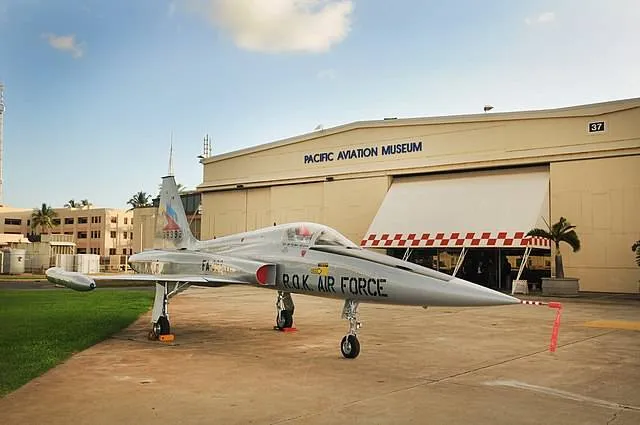
Those who want to see Swamp Ghost for themselves can head over to the Pacific Aviation Museum in Pearl Harbor in Hawaii. The plane has been there since 2013.
There are some plans for the museum to restore the bomber for over five million dollars, so it can be displayed on a hangar in Ford Island.









